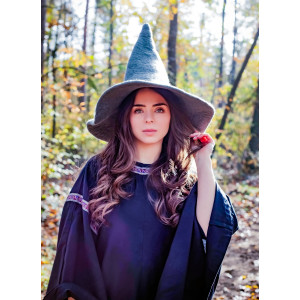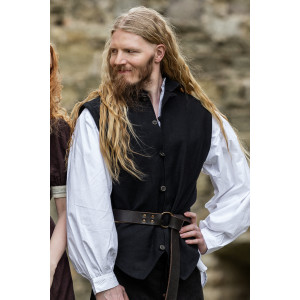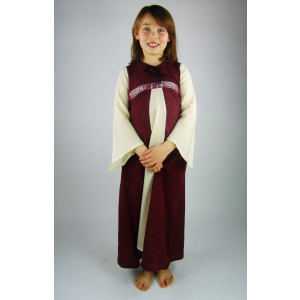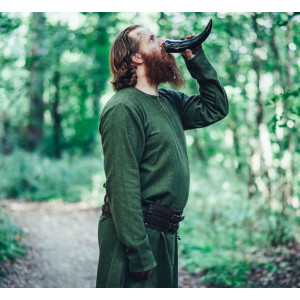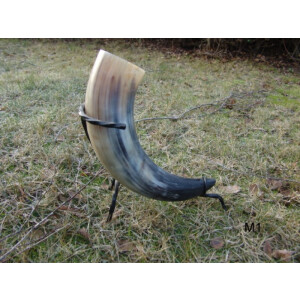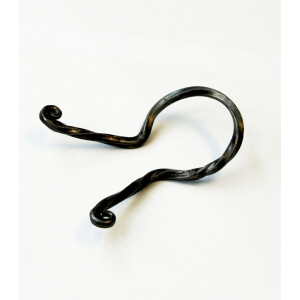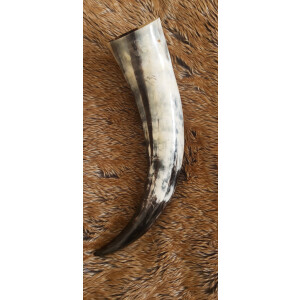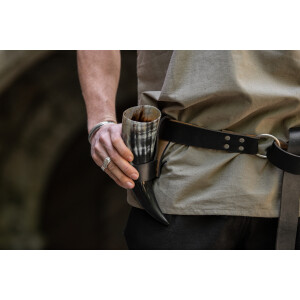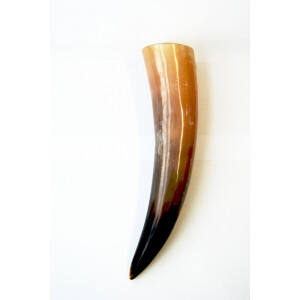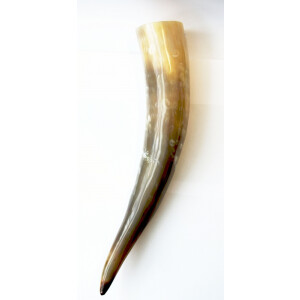DRINKING HORN | ACCESSORIES
- Available immediately
-
Delivery time: 1 - 2 days (DE - int. shipments may differ)
- Available immediately
-
Delivery time: 1 - 2 days (DE - int. shipments may differ)
- Available immediately
-
Delivery time: 1 - 2 days (DE - int. shipments may differ)
- Available immediately
-
Delivery time: 1 - 2 days (DE - int. shipments may differ)
- Available immediately
-
Delivery time: 1 - 2 days (DE - int. shipments may differ)
- Available immediately
-
Delivery time: 1 - 2 days (DE - int. shipments may differ)
- Available immediately
-
Delivery time: 1 - 2 days (DE - int. shipments may differ)
- Low stock level
-
Delivery time: 1 - 2 days (DE - int. shipments may differ)
- Available immediately
-
Delivery time: 1 - 2 days (DE - int. shipments may differ)
- Available immediately
-
Delivery time: 1 - 2 days (DE - int. shipments may differ)
- Available immediately
-
Delivery time: 1 - 2 days (DE - int. shipments may differ)
- Available immediately
-
Delivery time: 1 - 2 days (DE - int. shipments may differ)
- Available immediately
-
Delivery time: 1 - 2 days (DE - int. shipments may differ)
- Low stock level
-
Delivery time: 1 - 2 days (DE - int. shipments may differ)
- Available immediately
-
Delivery time: 1 - 2 days (DE - int. shipments may differ)
- Available immediately
-
Delivery time: 1 - 2 days (DE - int. shipments may differ)
- Available immediately
-
Delivery time: 1 - 2 days (DE - int. shipments may differ)
Medieval and Viking drinking horn
Our medieval and Viking drinking horn is an important accessory, you do not want to sit on the festival on the dry! Only from the right horn mead and beer can be tasted with pleasure! The authentically made drinking horns, drinking horn holders and drinking horn stands are sought-after accessories in our range of products.
Medieval and Viking drinking horn: a natural product made of real horn
We offer you the authentic drinking horn for your next medieval event in every size from 100 milliliters for elegant users to 1.5 liters for the extremely thirsty. It's not hard to choose! Each drinking horn is made of real horn, it is a pure natural product. Therefore, also comes the individual coloring. Ground and polished on the outside, the drinking horn is sealed with food-safe clear varnish on the inside. Please do not pour acidic or boiling liquids into the natural horn and do not put it in the dishwasher after use! If you take these few tips to heart, you'll get a lot of enjoyment out of your contemporary drinking vessel for a long time!
A drinking horn for the perfect Outfit
If you're taking a trip back in time, a matching medieval and Viking drinking horn is a must! Other participants carry around swords, money cats or other accessories at the medieval festival, you have a practical and stable utensil with you with your drinking horn. But, the drinking horn is not only about its utility value, but also about the long tradition of this drinking vessel. Findings prove that even before ancient times people drank from horns, both men and women. Only together with a beautiful holder for your medieval and Viking drinking horn is your garb complete and an eye-catcher!
The historical drinking horn of the Teutons, Vikings and medieval drinkers
Two ancient Germanic drinking horns were found with remnants of beer and mead, they tell of the ancient drinking horn custom among the Germanic tribes. The widely used drinking vessel was made from the horns of bison or aurochs, either just polished or decorated with simple carvings. According to tradition, the heroic Teutons in Valhalla enjoyed beer from drinking horns ... The thuggish Vikings also drank from handmade horns. In Viking times, from about 800 to 1066, the horn was the most common drinking vessel in Northern Europe. In the Middle Ages, drinking horns became more elaborately decorated, set in gilded silver and transformed into a luxury item. Whether ostentatious or less, in any case, you are always well advised with a real drinking horn to the medieval costume!
What is the cultural significance of drinking horns? In the times of the Germanic tribes and the Vikings, as well as in the Middle Ages, drinking horns were considered a popular drinking vessel. It consisted mainly of the horns of aurochs and bison, and was either polished or additionally decorated with carvings. According to tradition, both the heroic Germanic tribes and the Vikings enjoyed beer and mead from their drinking horns. While the drinking horn was considered an ordinary drinking vessel in the times of the Vikings, it underwent an upgrade in the Middle Ages and was transformed into a luxury object through elaborate decorations and gilded silver. What can a drinking horn be used for? As a drinking vessel, drinking horns allow for a variety of uses. In the Middle Ages and Viking times, a drinking horn traditionally served as a vessel for mead and beer. For this reason, it was also called a methorn. Of course, other alcoholic and non-alcoholic beverages can also be enjoyed from drinking horns: Liquor, brandy, champagne, wine, water and cola, for example. Even hot drinks can be consumed from a drinking horn. Since some drinking horns are sealed to be food-safe, the drinks should not be too hot, however, so that the seal is not damaged. How can drinking horns be cleaned and maintained? To keep a drinking horn in good condition for a long time, cleaning and care play an important role. The natural material does not tolerate aggressive cleaners and dishwashers. Therefore, gentle cleaning is recommended, using only lukewarm water and little to no detergent. Ideally, cleaning should take place directly after use. A good drying of the drinking horn is also important. To obtain a smooth, supple surface, the drinking horn can be rubbed with vegetable oil for external care.




